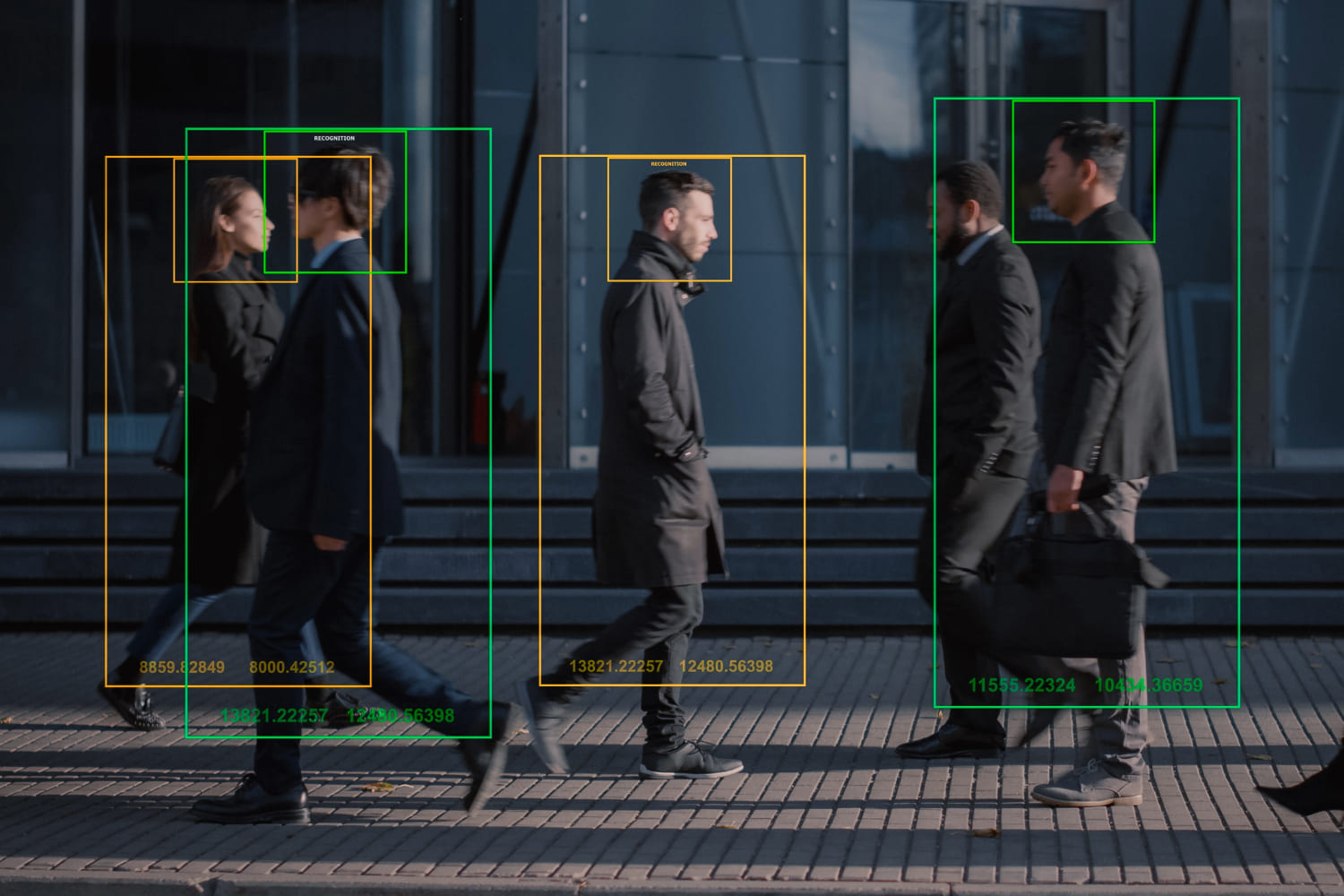The abandonment rate in the financial industry can be reduced — but only by addressing the underlying causes and redesigning digital experiences with real user needs in mind.
Launch of the UK’s New Version of the Digital Identity Framework: A look at its Innovations

The United Kingdom has taken another step towards establishing a robust and reliable system for digital identity verification with the release of version gamma 0.4 of the Digital Identity and Attributes Trust Framework (DIATF).
T
his version, although not yet ready for official certification (meaning it is still in the development and testing phase and, while it incorporates improvements, has not yet reached the maturity required for organisations to obtain official certification of compliance), marks a significant milestone in the development of a digital identity ecosystem aimed at ensuring security, interoperability, and transparency in online identity verification processes.
In this article, we explore the key innovations introduced in version gamma 0.4, while also reflecting on the framework’s evolution and what the future may hold for this initiative.
What is the DIATF?
The Digital Identity and Attributes Trust Framework (DIATF) is an initiative driven by the UK government to create a secure and trustworthy digital identity system, promoting efficient online identity verification with high standards of privacy and security. The framework aims to simplify these processes while fostering trust among users, service providers, and businesses.
This framework not only aims to improve the user experience by providing quick and secure access to digital services but also focuses on ensuring the protection of personal data, minimising risks such as fraud and unauthorised access to personal information.
Key updates in the DIATF gamma 0.4 version
The recently released gamma 0.4 version includes a series of key updates that impact both the structure of the framework and the requirements that digital service providers must comply with. These updates stem from feedback and testing conducted since the 2022 beta version and are aimed at improving the functionality and fairness of the system.
New certification roles
One of the main updates is the introduction of two new certification roles:
- Identity Holder Service Provider: This role refers to organisations that manage services related to the ownership of digital identities. In other words, the providers responsible for creating, maintaining, and managing users’ digital identities.
- Component Service Provider: This role encompasses providers who offer specific components within the digital identity infrastructure, such as biometric authentication services, digital wallets, or databases that enable the validation of personal information.
Both roles are essential for ensuring interoperability and access to a broader range of services within the digital identity system.
Stricter monitoring and regulation mechanisms
The gamma 0.4 version also introduces new monitoring mechanisms and data sharing between providers. One of the most significant changes is the increased requirements for service providers to enhance user support in case of issues, ensuring that problems are resolved efficiently and quickly.
This approach, which places greater responsibility on data management and incident resolution, is an important step in maintaining user trust in the system. Over time, these mechanisms are expected to contribute to greater reliability and stability in the UK’s digital identity systems.
Inclusion of biometric systems
The use of biometrics in identity verification has been one of the most discussed and promising advances in the field of digital authentication. With the integration of this technology, the DIATF aims to ensure that biometric systems used in the UK are rigorously evaluated to ensure their fairness and effectiveness across a wide range of demographic groups.
Facial recognition, for example, has faced criticism due to concerns about biases in facial recognition. As a result, the new version of the DIATF establishes clear guidelines for the evaluation of these systems, ensuring their implementation is inclusive and fair for all users, regardless of ethnicity, gender, or any other demographic characteristic.
Stricter rules on data protection and transparency
One of the key aspects of the DIATF is the protection of personal data. The gamma 0.4 version includes stricter rules for service providers regarding data protection during transfers and the handling of user information.
In addition, efforts have been made to implement a transparency system that allows users to clearly know which providers are certified and what data is being shared. Transparency and access to information are essential to maintaining public trust in digital identity systems.
Restructuring and greater clarity in the rules
One of the most notable updates is the complete restructuring of the framework, which includes a new numbering system for the rules and the removal of ambiguous terms like “should,” which caused confusion regarding mandatory requirements. With this restructuring, the framework becomes more accessible and understandable for both providers and users. Additionally, this new structure makes auditing and oversight easier, allowing for more rigorous tracking of compliance with the rules.
Retrospective: Evolution of the DIATF
The Digital Identity and Attributes Trust Framework has not emerged from nowhere. Its development has been a long process, passing through various phases of testing and updates to improve its effectiveness and suitability for the changing needs of the digital environment.
Initial launch in 2021
The DIATF was first launched in February 2021 as a voluntary guide for organisations developing or implementing digital identity systems. This initial phase focused on laying the foundations for a trust framework around digital identities, primarily addressing the security and privacy of personal data.
Public testing phase in 2022
In 2022, the DIATF entered its public testing phase, during which the framework’s interoperability with international standards such as eIDAS (the European framework for digital identity) was evaluated. During this phase, tests were conducted with providers from various sectors to ensure that the system was accessible and reliable on a global scale.
Accreditation and certification from 2022
As the project progressed, the DIATF began accrediting organisations through certification bodies like UKAS (United Kingdom Accreditation Service). Providers who met the established requirements received a trust mark indicating that their digital identity systems were secure and compliant with the regulatory standards of the framework.
Introduction of mandatory requirements in 2023
In 2023, the use of certified digital identity systems became mandatory in key areas such as work rights verification, housing rental, and criminal background checks (DBS). This measure reflected the UK government’s commitment to expanding digital identities in essential processes of everyday life.
Inclusivity and identity verification
One of the DIATF’s key goals has been to ensure that digital identity systems are inclusive, especially for those who lack traditional identity documents. As a result, recent updates have incorporated alternative data sources such as bank statements and utility bills, allowing more people to access digital services reliably and without barriers.
Future perspectives
Although the gamma 0.4 version is not yet ready for official certification, the UK government and regulatory bodies have shown strong commitment to the ongoing development of the framework. The certification process is expected to take place in the coming weeks, allowing service providers to meet the established requirements for offering trusted digital identity services.
The Office of Digital Identity and Attributes (OfDIA) will be responsible for reviewing the framework annually to adapt it to technological and regulatory changes that may arise. There are also plans for greater engagement with stakeholders, particularly after the approval of the Data Bill (Use and Access), which could amend some of the current regulations.
With new certification rules, the gamma 0.4 version of the Digital Identity and Attributes Trust Framework represents a more inclusive, clear, and structured approach. This development is shaping the future of digital identity verification in an increasingly interconnected environment. While there is still work to be done before official certification, the framework promises to be a key component in building a secure digital infrastructure for all.
























